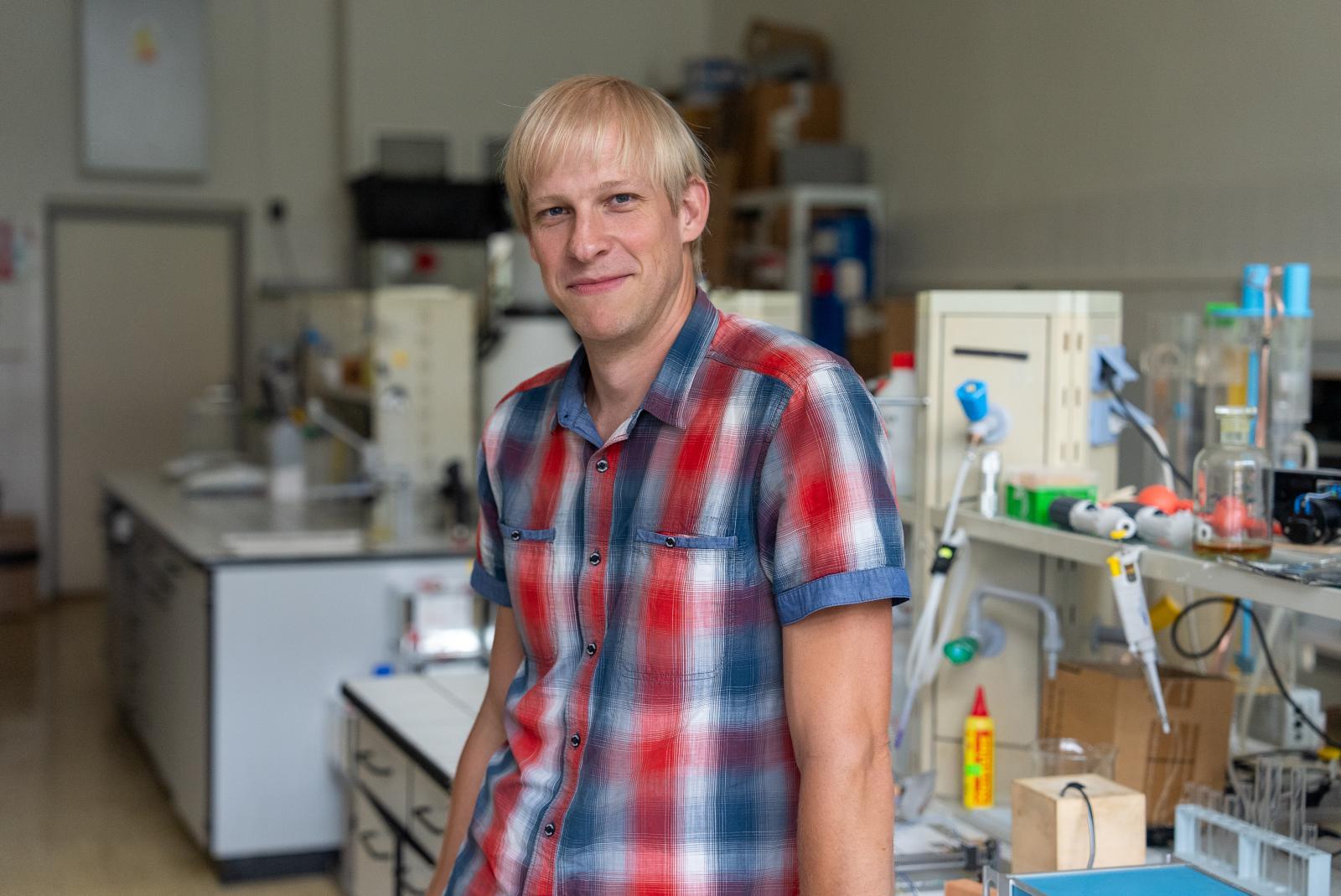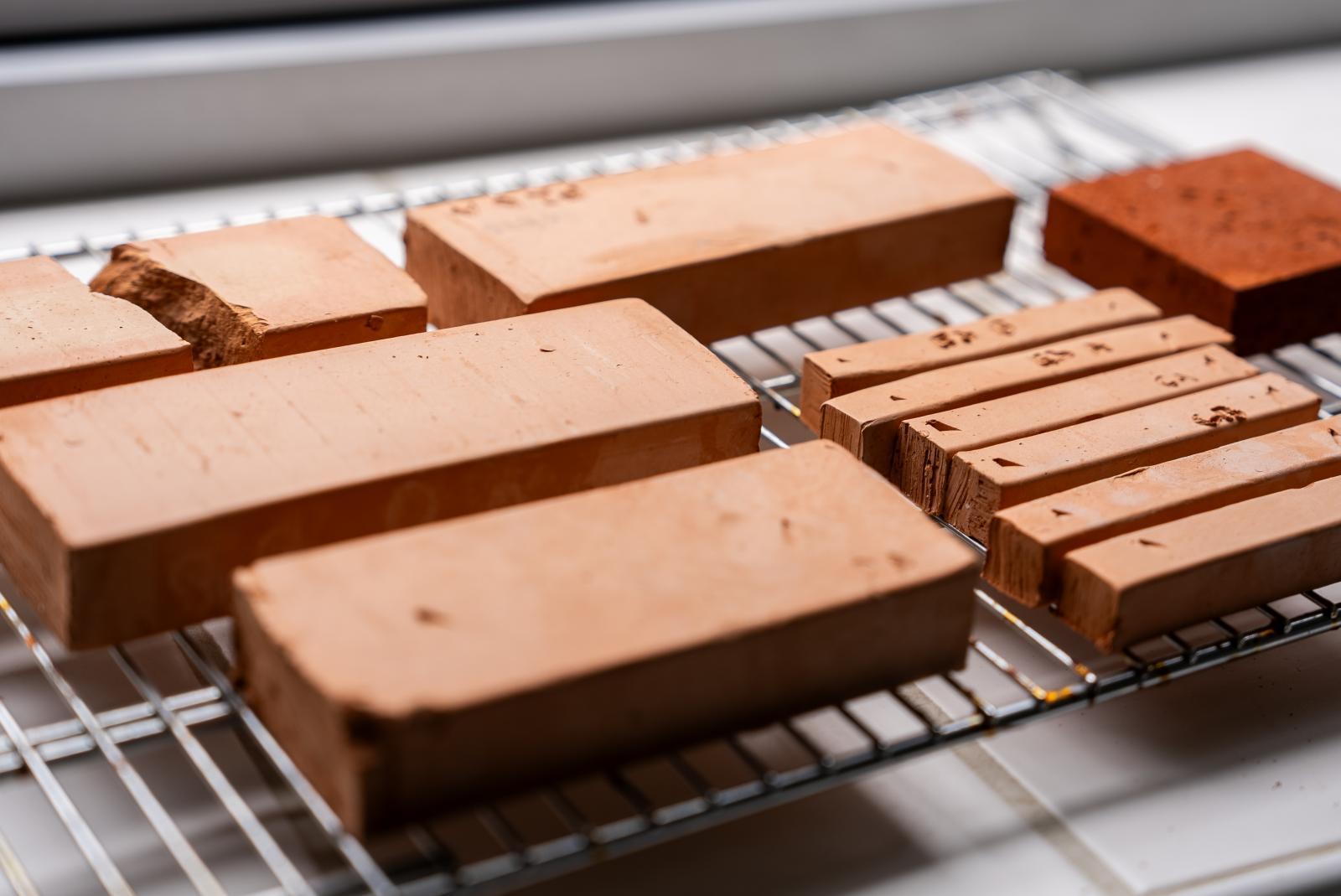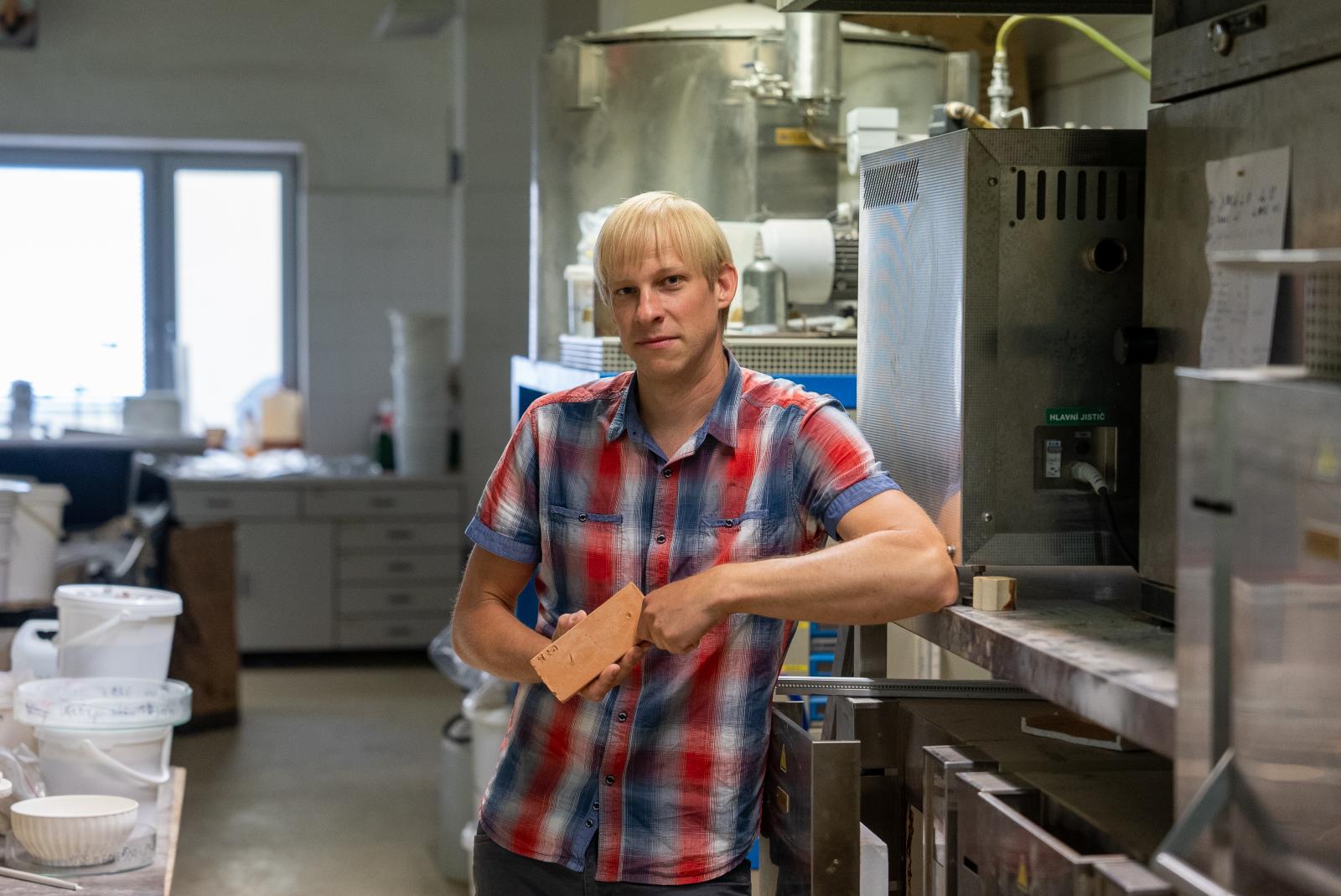Bold innovation in recycling: Researcher Silvestr Figalla transforms waste sludge into valuable raw material
In stores, products often carry labels such as “100% recyclable packaging”. However, the reality is different. Even recycling generates waste, consumes energy, and in some cases, its negative impacts may outweigh those of producing new materials. This could change with a project focused on processing waste sludge from plastic recycling. The proposed solution transforms previously hazardous and problematic waste – which could only be landfilled – into a reusable resource. The method enables the utilization of both the material content and the energy contained within it. Under the leadership of ASIO TECH Ltd., the project involves experts from research and industry, including scientist Silvestr Figalla from the Institute of Materials Chemistry at the Faculty of Chemistry, Brno University of Technology.

The sub-project entitled “Technology for Processing Waste Sludge from Plastic Recycling” is part of the National Competence Centre for Polymer Materials and Technologies for the 21st Century project (PolyEnvi21 Competence Centre), supported by the Technology Agency of the Czech Republic. Its goal is to find suitable uses for the waste produced during plastic recycling, specifically packaging, agricultural, and stretch films.
Sludge generated from washing contaminated plastics is often an overlooked consequence of recycling. It arises as a byproduct of purifying process water, which, after being cleaned, is almost completely reused within the recycling process. The separated impurities constituting the waste still contain a substantial plastic component in the form of small particles, micro- and nanoplastics. Little is known about their long-term environmental fate, but their influence certainly isn’t positive.
The initial idea was to separate this plastic fraction from the sludge afterward, but it proved economically impractical. Plastics are currently very cheap, making complex recovery methods unprofitable. A kilogram of common plastics like PE, PS, PP, and PVC costs about as much as a draft beer. Profitability remains paramount, even in recycling solutions. It was therefore necessary to find a practical application for the sludge in the form it is generated – without additional processing. This has finally been achieved.
Turning waste into material for further production
The sludge can be used as a raw material in brick production as a so-called “lightening agent”. Brick production commonly involves adding combustible materials to clay, creating tiny cavities after firing, thus reducing weight. Wood sawdust is usually used for this purpose, but it has recently become scarce due to the shift of Czech raw wood processing abroad. Given the large quantities required by the brick industry, sawdust prices have become prohibitively expensive.
Due to its properties, the sludge studied by researchers can effectively replace sawdust. Approximately half of it consists of clay, originating from recycled, contaminated agricultural films. Interestingly, these agricultural films are transported from all across Europe, meaning that a future Czech brick might contain traces of clay from, for example, a Spanish greenhouse. The remaining portion of the sludge is made up of combustible materials, which lighten the bricks upon firing.
The sludge can be utilized locally at nearby brickworks, which are evenly distributed across the country to reduce transportation costs for construction materials. This method offers considerable economic benefits by saving on the purchase of current lightening agents and reducing costs for sludge producers, who would otherwise pay for its disposal. Moreover, landfill fees for reusable waste are rising, aiming for a total ban within the next 20 years.
This solution is instructive in demonstrating that sometimes it’s worthwhile venturing into a completely different field, not limiting oneself to an expected research area. “Sometimes unconventional and bold solutions are the right ones. The idea to mix waste sludge containing plastics came to me by chance due to my hobby of making ceramics. Ceramic clay routinely incorporates combustible materials, such as paper, to improve its workability and final properties. The sludge samples I examined resembled these materials. Our research group doesn’t usually focus on ceramics, so this was a step into an unfamiliar area,” explains Dr. Figalla.
“Coincidentally, these activities aligned with the interests of a major brick and building materials manufacturer, who approached our institute about exploring alternative lightweight additives. Until then, we weren’t aware of the shortage of these additives. After discussions, we conducted research in the manufacturer’s specialized brick laboratory, providing valuable insight into the topic and enabling consultation with industry experts. This gave us important feedback often missing in academia,” he continues.

A major challenge with utilizing any sludge is its high water content, preventing combustion and increasing transportation costs. However, in the proposed application, the 80% water content of the sludge poses no problem, as brick clay is artificially moisturized to achieve the necessary plasticity. Thus, the water in the sludge becomes part of the clay.
Bricks are dried before firing, and the combustible substances in the sludge – primarily plastics and paper residues from labels – provide additional energy during firing. Adding sludge thus reduces gas consumption in kilns and offers other benefits, such as increased strength of unfired and dried bricks, enabling robotic handling without deformation or cracking risks. Additionally, harmful substances in the sludge completely burn off during firing, eliminating the risk of environmental contamination inherent in landfill disposal.
Dr. Figalla particularly values the freedom of decision-making and the opportunity to devise innovative problem-solving approaches in his work. “Our tasks usually only specify the desired result; the path to it is largely up to the researcher. I’m motivated by the possibility of advancing technological development, even though the practical implementation of ideas rarely occurs, and feedback on the subsequent fate of our work is often lacking. Every researcher dreams of developing something revolutionary. Typically, technologically oriented projects do not offer such opportunities, as solutions tend to be one among many possible options. However, in this research, I see a chance to help nature by removing a waste source currently dumped into the environment. Our research group is increasingly specializing in recycling and secondary utilization of plastic waste, and I believe that environmental responsibility is the primary motivation for most of us,” he explains.
The project involves research institutions and industry partners, creating a network aimed at raising mutual awareness and making use of publicly funded scientific institutions. Researchers are grouped in a consortium including universities – BUT, UTB Zlín, UCT Prague – and limited liability companies Fortemix, ZODPA, and ASIO TECH. These partners either investigate the issue independently or collaborate in certain areas to find viable solutions. From these, they choose the best economically and environmentally relevant option.
The main coordinator is ASIO TECH, whose project recently reached the finals of the SDGs Awards, organized by the Association of Social Responsibility, recognizing initiatives contributing to a sustainable future in the Czech Republic.
-jo-
| Published | |
|---|---|
| Link | https://www.fch.vut.cz/en//f96620/d261542 |